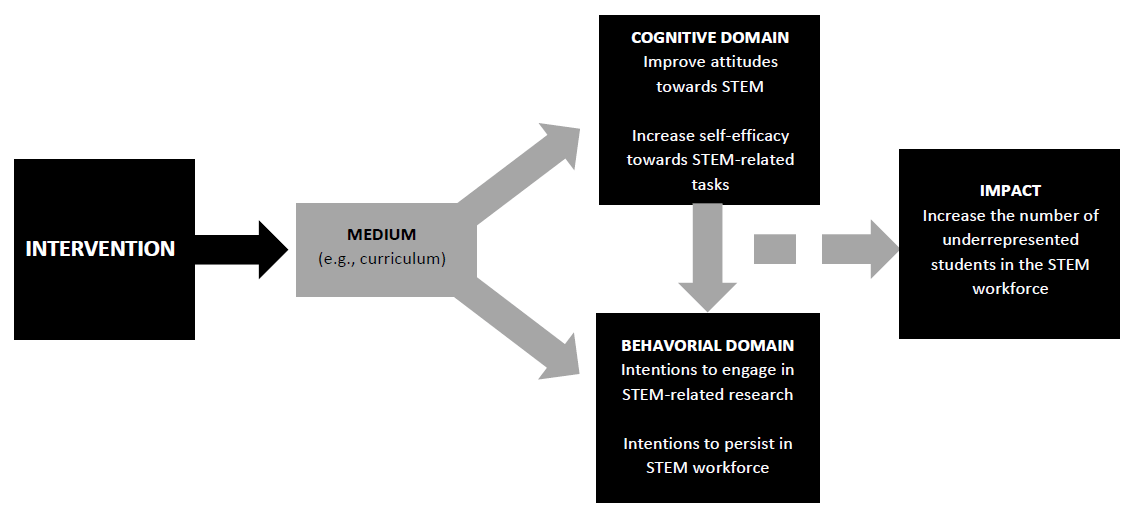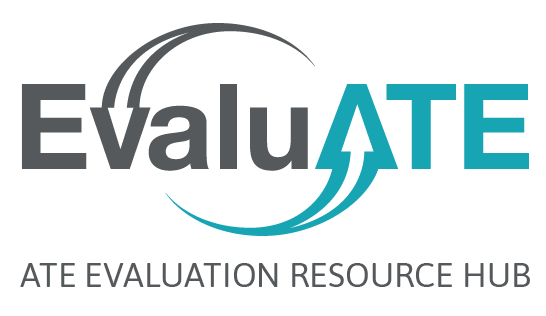Drs. Dawn X. Henderson, Breonte S. Guy, and Chad Markert serve as Co-Principal Investigators of an HBCU UP Targeted Infusion Project grant. Funded by the National Science Foundation, the project aims to explore how infusing lab-bench techniques into the Exercise Physiology curriculum informs undergraduate students’ attitudes about research and science and intentions to persist in STEM-related careers.
The National Science Foundation aims to fund projects that increase retention and persistence in STEM-related careers. Developing project proposals usually involves creating a logic model and an evaluation plan. The intervention, specifically one designed to change an individual’s behavior and outcomes, relies on a combination of psychological and social factors. For example, increasing the retention and persistence of underrepresented groups in the STEM education-to-workforce pipeline depends on attitudes about science, behavior, and the ability to access resources that lead to access, exploration, and exposure to STEM.
As faculty interested in designing interventions in STEM education, we developed a psychosocial framework to inform project design and evaluation and believe we offer an insightful strategy to investigators and evaluators. When developing a theory of change or logic model, you can create a visual map (see figure below) to identify underlying psychological and social factors and assumptions that influence program outcomes. In this post, we highlight a psychosocial framework for developing theories of change—specifically as it relates to underrepresented groups in STEM.
 Visual mapping can outline the relationship between the intervention and psychological (cognitive) and social domains.
Visual mapping can outline the relationship between the intervention and psychological (cognitive) and social domains.
What do we mean by psychosocial framework?
Both retention and persistence rely on social factors, such as financial resources, mentoring, and other forms of social support. For example, in our work, we proposed introducing underrepresented students to lab-bench techniques in the Exercise Physiology curriculum and providing summer enrichment opportunities in research to receive funding and mentoring. Providing these social resources introduced students to scientific techniques they would not receive in a traditional curriculum. Psychological factors, such as individual attitudes about science and self-efficacy, are also key contributors to STEM persistence. For instance, self-efficacy is the belief one has the capacity to accomplish a specific task and achieve a specific outcome.
A practical exercise in developing the psychosocial framework is asking critical questions:
- What are some social factors driving a project’s outcomes? For example, you may modify social factors by redesigning curriculum to engage students in hands-on experiences, providing mentoring or improving STEM teaching.
- How can these social factors influence psychological factors? For example, improving STEM education can change the way students think about STEM. Outcomes then could relate to attitudes towards and beliefs about science.
- How do psychological factors relate to persistence in STEM? For example, changing the way students think about STEM, their attitudes, and beliefs may shape their science identity and increase their likelihood to persist in STEM education (Guy, 2013).
What is the value-added?
Evaluation plans, specifically those seeking to measure changes in human behavior, hinge on a combination of psychological and social factors. The ways in which individuals think and form attitudes and behaviors, combined with their ability to access resources, influence programmatic outcomes. A psychosocial framework can be used to identify how psychological processes and social assets and resources contribute to increased participation and persistence of underrepresented groups in STEM-related fields and the workforce. More specifically, the recognition of psychological and social factors in shaping science attitudes, behaviors, and intentions to persist in STEM-related fields can generate value in project design and evaluation.
Reference
Guy, B. (2013). Persistence of African American men in science: Exploring the influence of scientist identity, mentoring, and campus climate. (Doctoral dissertation).
Useful Resource
Steve Powell’s AEA365 blog post, Theory Maker: Free web app for drawing theory of change diagrams

Except where noted, all content on this website is licensed under a Creative Commons Attribution-NonCommercial-ShareAlike 4.0 International License.








 EvaluATE is supported by the National Science Foundation under grant number 2332143. Any opinions, findings, and conclusions or recommendations expressed on this site are those of the authors and do not necessarily reflect the views of the National Science Foundation.
EvaluATE is supported by the National Science Foundation under grant number 2332143. Any opinions, findings, and conclusions or recommendations expressed on this site are those of the authors and do not necessarily reflect the views of the National Science Foundation.